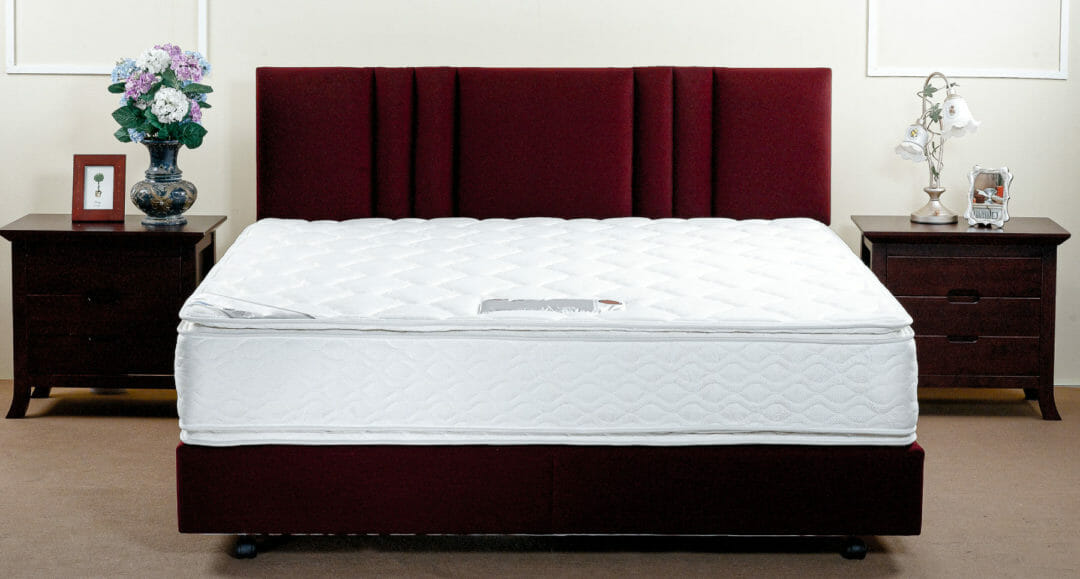If you've ever experienced frozen pipes under your kitchen sink, you know how frustrating it can be. Not only does it disrupt your daily routine, but it can also lead to costly repairs if not addressed promptly. In this guide, we'll walk you through the steps to safely and effectively fix frozen pipes under your kitchen sink. If you're dealing with frozen pipes, it's important to act quickly to prevent them from bursting and causing water damage. Here's what you need to do: Step 1: Locate the Frozen Pipes The first step is to identify which pipes are frozen. Start by turning on the kitchen sink faucet and see if any water comes out. If not, it's likely that the pipes are frozen. You can also check for frost or ice on the exposed pipes under the sink. Step 2: Open Cabinet Doors If the pipes are located in a cabinet under the sink, open the cabinet doors to allow warm air to circulate and reach the frozen pipes. This can help thaw the pipes faster. Step 3: Use a Hair Dryer or Heat Lamp A hair dryer or heat lamp can be effective in thawing frozen pipes under your kitchen sink. Hold the appliance a few inches away from the frozen pipes and move it back and forth until the water starts to flow again. Be careful not to hold it too close to the pipes to avoid causing damage. Step 4: Apply Heat Tape If the hair dryer or heat lamp doesn't work, you can try using heat tape. This is a special tape that is wrapped around the frozen pipes and then plugged into an electrical outlet. The heat from the tape will gradually thaw the pipes. Remember to always follow the manufacturer's instructions when using heat tape and never leave it unattended.1. How to Fix Frozen Pipes Under a Kitchen Sink
Thawing frozen pipes in your kitchen sink can be a tricky process, but there are some tips that can help make it easier and safer. Here are five tips to keep in mind when dealing with frozen pipes: 1. Use Warm, Not Hot, Water It may be tempting to use hot water to thaw frozen pipes, but this can actually cause the pipes to burst. Instead, use warm water and gradually increase the temperature as the pipes start to thaw. 2. Do Not Use Open Flames Never use open flames, such as a blowtorch, to thaw frozen pipes. This can not only cause damage to the pipes, but it can also be a fire hazard. 3. Insulate Exposed Pipes To prevent frozen pipes in the future, consider insulating any exposed pipes under your kitchen sink. This can help keep them from freezing during cold weather. 4. Keep Cabinets Closed If your kitchen sink pipes are located in a cabinet, keep the cabinet doors closed during cold weather to help insulate the pipes and prevent them from freezing. 5. Call a Professional If you're not comfortable or experienced with thawing frozen pipes, it's best to call a professional plumber. They have the expertise and tools to safely and effectively thaw frozen pipes and prevent further damage.2. 5 Tips for Thawing Frozen Pipes in Your Kitchen Sink
Frozen pipes in kitchen sinks are a common issue, especially during colder months. The following are some of the most common causes of frozen pipes: 1. Low Temperatures When the temperature drops below freezing, water in your pipes can freeze and cause blockages. This is especially common in pipes that are located in unheated areas or exposed to cold drafts. 2. Poor Insulation If your kitchen sink pipes are not properly insulated, they are more susceptible to freezing during cold weather. This is why it's important to insulate any exposed pipes in your home. 3. Lack of Use If you have a secondary kitchen sink that is not used frequently, the pipes may not have enough water flow to prevent freezing. It's a good idea to periodically run the faucet in unused sinks to keep the water flowing. 4. Drafts or Cracks Drafts or cracks in walls or foundations can allow cold air to reach your pipes and cause them to freeze. It's important to seal any drafts and repair any cracks to prevent frozen pipes. 5. Exterior Faucets Exterior faucets, such as those used for garden hoses, are particularly vulnerable to freezing. Make sure to turn off and drain these faucets before winter to prevent frozen pipes.3. Common Causes of Frozen Pipes in Kitchen Sinks
If you're dealing with frozen pipes in your kitchen sink, you may be able to fix the issue yourself with these DIY solutions: 1. Hot Towel Method This method involves wrapping a hot towel around the frozen pipes and letting it sit for a few minutes. The heat from the towel should help thaw the pipes. 2. Hot Water Bottles Placing hot water bottles on and around the frozen pipes can also help thaw them. Just be sure to wrap the bottles in a towel to prevent them from touching the pipes directly. 3. Salt and Water Solution Another DIY solution is to mix salt and hot water and pour it down the drain. The salt helps lower the freezing point of water, making it easier to thaw the pipes. 4. Hair Dryer and Aluminum Foil If you don't have a heat lamp, you can use a hair dryer on the highest setting and wrap aluminum foil around the pipes to help direct the heat to the frozen areas. 5. Warm Compresses Similar to the hot towel method, placing warm compresses or microwavable heating pads on the frozen pipes can help thaw them.4. DIY Solutions for Frozen Pipes in Your Kitchen Sink
The best way to deal with frozen pipes is to prevent them from happening in the first place. Here are some tips to keep your kitchen sink pipes from freezing: 1. Keep Your Home Warm Make sure your home is properly heated during cold weather to keep the temperature above freezing and prevent pipes from freezing. 2. Insulate Pipes Insulate any exposed pipes in your home, including those under your kitchen sink. You can use foam pipe insulation or even old towels or blankets. 3. Let Faucets Drip In extremely cold weather, letting your faucets drip can keep the water flowing and prevent it from freezing in the pipes. 4. Keep Cabinets Closed As mentioned earlier, keeping cabinet doors closed can help insulate pipes and prevent them from freezing. 5. Use Heating Tape If you live in an area with extremely cold temperatures, consider investing in heating tape for your pipes. This can help prevent freezing and keep the water flowing.5. How to Prevent Frozen Pipes in Your Kitchen Sink
If your kitchen sink pipes have already frozen, here are a few steps you can take: 1. Thaw the Pipes Follow the steps outlined in the first heading of this article to safely thaw the frozen pipes. 2. Check for Damage After the pipes have thawed, check for any cracks or damage. If you notice any, it's important to call a professional plumber to assess and repair the issue. 3. Let the Water Run Once the pipes are thawed and any damage is repaired, let the water run for a few minutes to ensure it's flowing properly.6. What to Do When Your Kitchen Sink Pipes Freeze
There are several effective ways to thaw frozen pipes under your kitchen sink, including: 1. Hair Dryer or Heat Lamp As mentioned earlier, using a hair dryer or heat lamp can help thaw frozen pipes under your kitchen sink. 2. Warm Water Running warm water through the pipes can also help thaw them. Just be sure not to use hot water as it can cause the pipes to burst. 3. Heat Tape Heat tape is another effective way to thaw frozen pipes. Just be sure to follow the manufacturer's instructions and never leave it unattended. 4. Professional Thawing Services If you're not comfortable or experienced with thawing frozen pipes, it's best to call a professional plumber. They have the tools and expertise to safely thaw the pipes.7. The Best Ways to Thaw Frozen Pipes in Your Kitchen Sink
Now that you know how to prevent and thaw frozen pipes, it's important to also be able to recognize the signs of frozen pipes to address the issue promptly. Some common signs include: 1. No Water If no water is coming out of your kitchen sink faucet, it's likely that the pipes are frozen. 2. Strange Smells If you notice a strange smell coming from your sink, it could be a sign of a frozen pipe. This can be caused by food particles and debris getting stuck in the frozen pipes. 3. Frost or Ice on Pipes If you can see frost or ice on the exposed pipes under your kitchen sink, it's a clear sign that they are frozen. If you notice any of these signs, follow the steps outlined in the first heading of this article to fix the frozen pipes.8. Signs of Frozen Pipes in Your Kitchen Sink and How to Fix Them
Insulating your kitchen sink pipes is an important step in preventing frozen pipes. Here's how to do it: 1. Gather Materials You will need foam pipe insulation, duct tape, and a utility knife. 2. Measure and Cut Insulation Measure the length of the exposed pipes under your kitchen sink and cut the foam pipe insulation to fit. 3. Wrap Insulation Wrap the insulation around the pipes, securing it with duct tape. 4. Seal Any Gaps Use the utility knife to cut the insulation to fit around any bends or joints in the pipes. Seal any gaps with duct tape. 5. Repeat for Other Exposed Pipes If you have other exposed pipes in your home, repeat the process to insulate them as well.9. How to Insulate Your Kitchen Sink Pipes to Prevent Freezing
If you're dealing with frozen pipes under your kitchen sink and are not comfortable or experienced with DIY solutions, it's best to call a professional plumber. They have the expertise and tools to safely and effectively thaw the pipes and prevent further damage. Professional solutions for frozen pipes may include: 1. Pipe Thawing Machines Professional plumbers have specialized equipment, such as electric pipe thawing machines, that can quickly and safely thaw frozen pipes. 2. Insulation Installation If your pipes are not properly insulated, a professional plumber can install insulation to help prevent frozen pipes in the future. 3. Pipe Repairs If the frozen pipes have caused damage, a professional plumber can assess and repair the issue to prevent further damage and costly repairs.10. Professional Solutions for Frozen Pipes in Your Kitchen Sink
Preventing Frozen Pipes in Your Kitchen Sink

Why Frozen Pipes Are a Problem
 Frozen pipes in your kitchen sink can cause serious damage and inconvenience. When water freezes, it expands, which can lead to cracked or burst pipes. This can result in costly repairs, water damage, and even mold growth. Not only that, but frozen pipes can also disrupt your daily routine by cutting off your water supply. This is why it's important to take preventative measures to avoid frozen pipes in your kitchen sink.
Frozen pipes in your kitchen sink can cause serious damage and inconvenience. When water freezes, it expands, which can lead to cracked or burst pipes. This can result in costly repairs, water damage, and even mold growth. Not only that, but frozen pipes can also disrupt your daily routine by cutting off your water supply. This is why it's important to take preventative measures to avoid frozen pipes in your kitchen sink.
Insulate Your Pipes
 Insulating
your pipes is one of the best ways to prevent them from freezing. This can be done by wrapping
foam insulation
around your pipes, which will help keep the heat in and prevent them from getting too cold. You can also use
heat tape
to wrap around your pipes, which will provide an extra layer of protection against freezing temperatures.
Insulating
your pipes is one of the best ways to prevent them from freezing. This can be done by wrapping
foam insulation
around your pipes, which will help keep the heat in and prevent them from getting too cold. You can also use
heat tape
to wrap around your pipes, which will provide an extra layer of protection against freezing temperatures.
Keep Your Cabinets Open
 Leaving your
kitchen cabinets
open can also help prevent your pipes from freezing. This allows warm air from your home to circulate around the pipes, keeping them at a warmer temperature. This is especially important if your kitchen sink is located on an exterior wall, where pipes are more susceptible to freezing.
Leaving your
kitchen cabinets
open can also help prevent your pipes from freezing. This allows warm air from your home to circulate around the pipes, keeping them at a warmer temperature. This is especially important if your kitchen sink is located on an exterior wall, where pipes are more susceptible to freezing.
Let Your Faucet Drip
 On particularly cold nights, it's a good idea to let your
kitchen sink faucet
drip. This keeps a constant flow of water moving through your pipes, preventing them from freezing. It's also a good idea to let all the faucets in your home drip, as the movement of water will keep your pipes from freezing.
On particularly cold nights, it's a good idea to let your
kitchen sink faucet
drip. This keeps a constant flow of water moving through your pipes, preventing them from freezing. It's also a good idea to let all the faucets in your home drip, as the movement of water will keep your pipes from freezing.
Keep Your Home Warm
 Keeping your home
warm
is crucial in preventing frozen pipes. If you're going away for an extended period of time during the winter, make sure to keep your thermostat set to at least 55 degrees Fahrenheit. This will help keep your pipes from freezing while you're away.
Keeping your home
warm
is crucial in preventing frozen pipes. If you're going away for an extended period of time during the winter, make sure to keep your thermostat set to at least 55 degrees Fahrenheit. This will help keep your pipes from freezing while you're away.
What to Do If Your Pipes Freeze
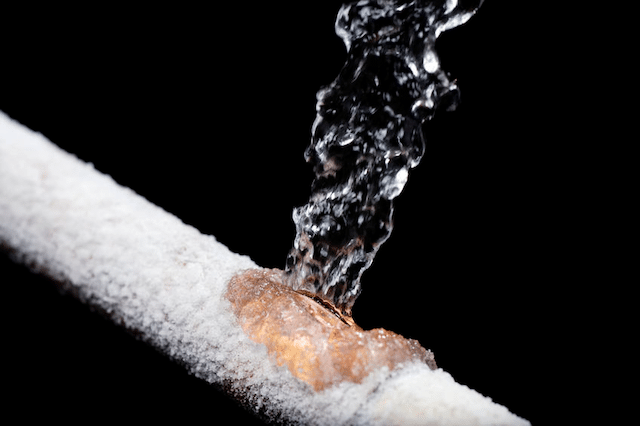 If your pipes do end up freezing, it's important to take action immediately.
Thawing
your pipes can help prevent them from bursting. You can use a hairdryer, hot water, or a space heater to thaw your pipes. It's important to never use an open flame to thaw your pipes, as this can be dangerous.
If your pipes do end up freezing, it's important to take action immediately.
Thawing
your pipes can help prevent them from bursting. You can use a hairdryer, hot water, or a space heater to thaw your pipes. It's important to never use an open flame to thaw your pipes, as this can be dangerous.
In Conclusion
 By taking these preventative measures, you can avoid the headache and expense of dealing with frozen pipes in your kitchen sink. Remember to insulate your pipes, keep your cabinets open, let your faucet drip, and keep your home warm. And if your pipes do freeze, act quickly to thaw them before they burst. By following these tips, you can keep your kitchen sink running smoothly all winter long.
By taking these preventative measures, you can avoid the headache and expense of dealing with frozen pipes in your kitchen sink. Remember to insulate your pipes, keep your cabinets open, let your faucet drip, and keep your home warm. And if your pipes do freeze, act quickly to thaw them before they burst. By following these tips, you can keep your kitchen sink running smoothly all winter long.


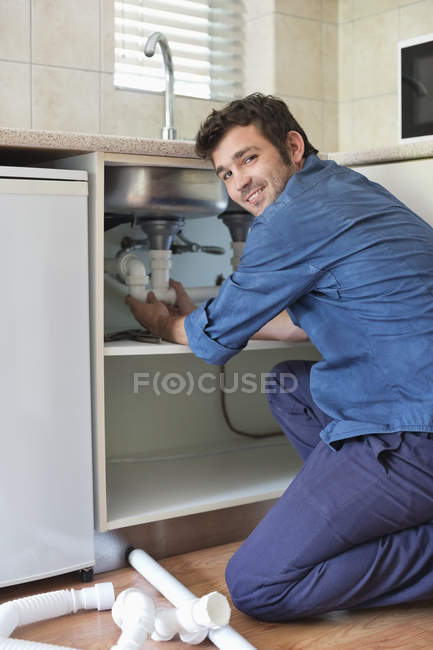




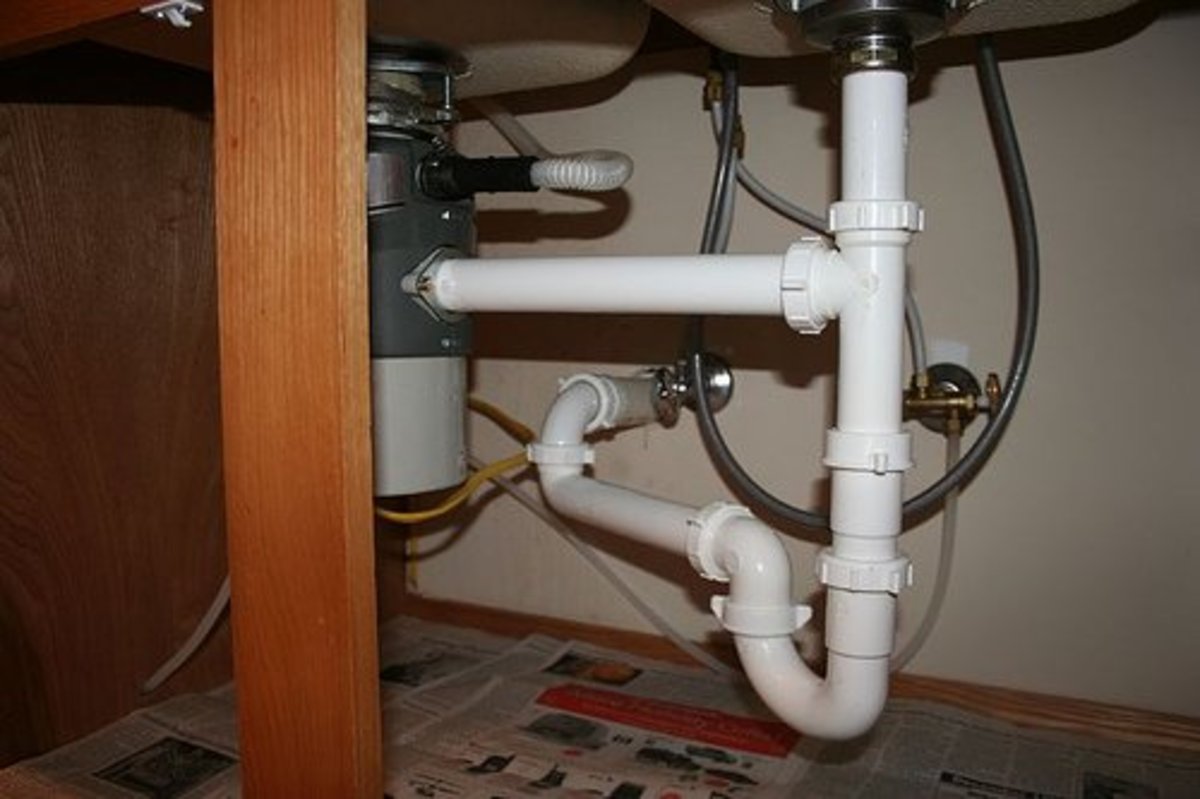
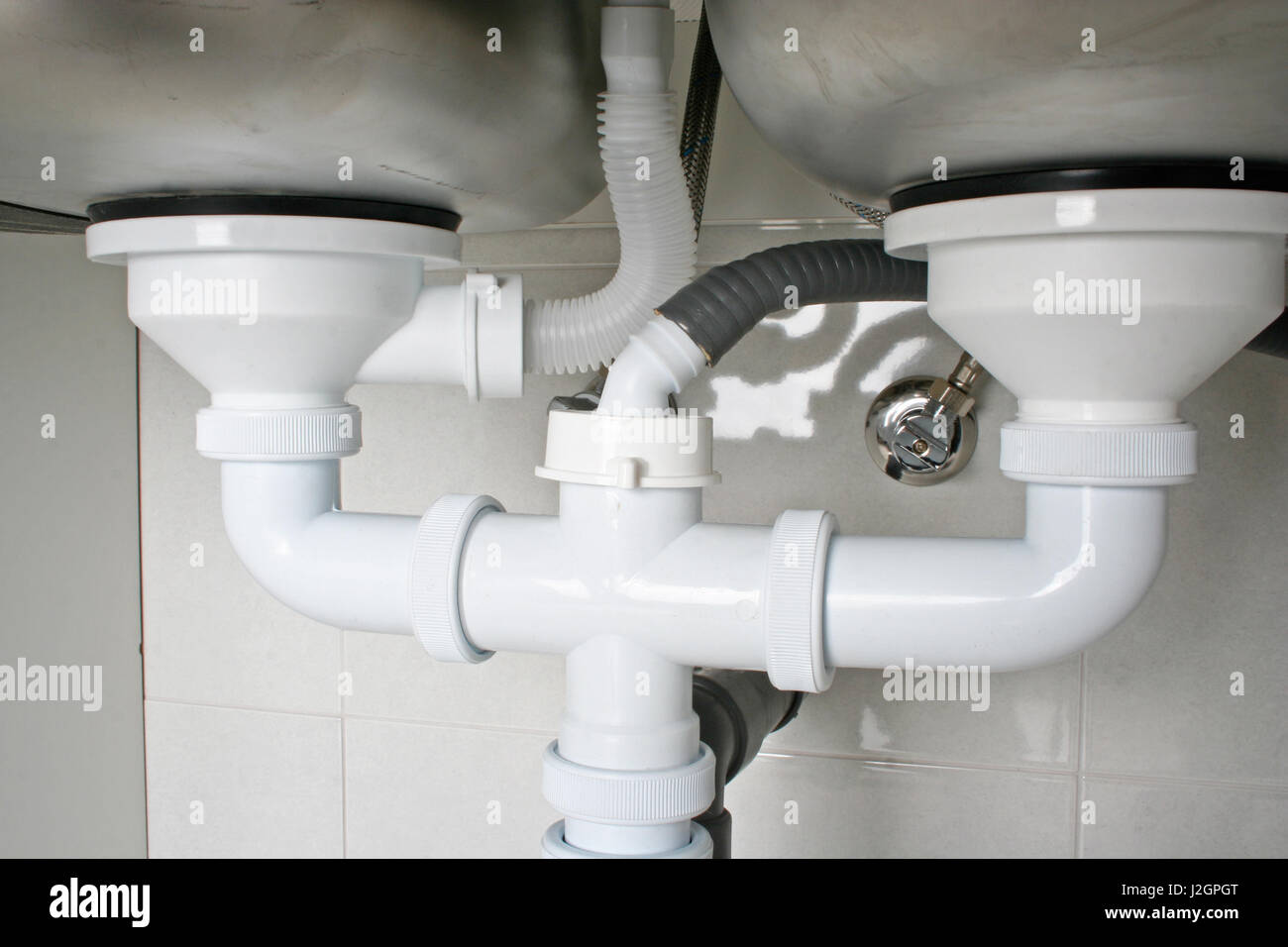






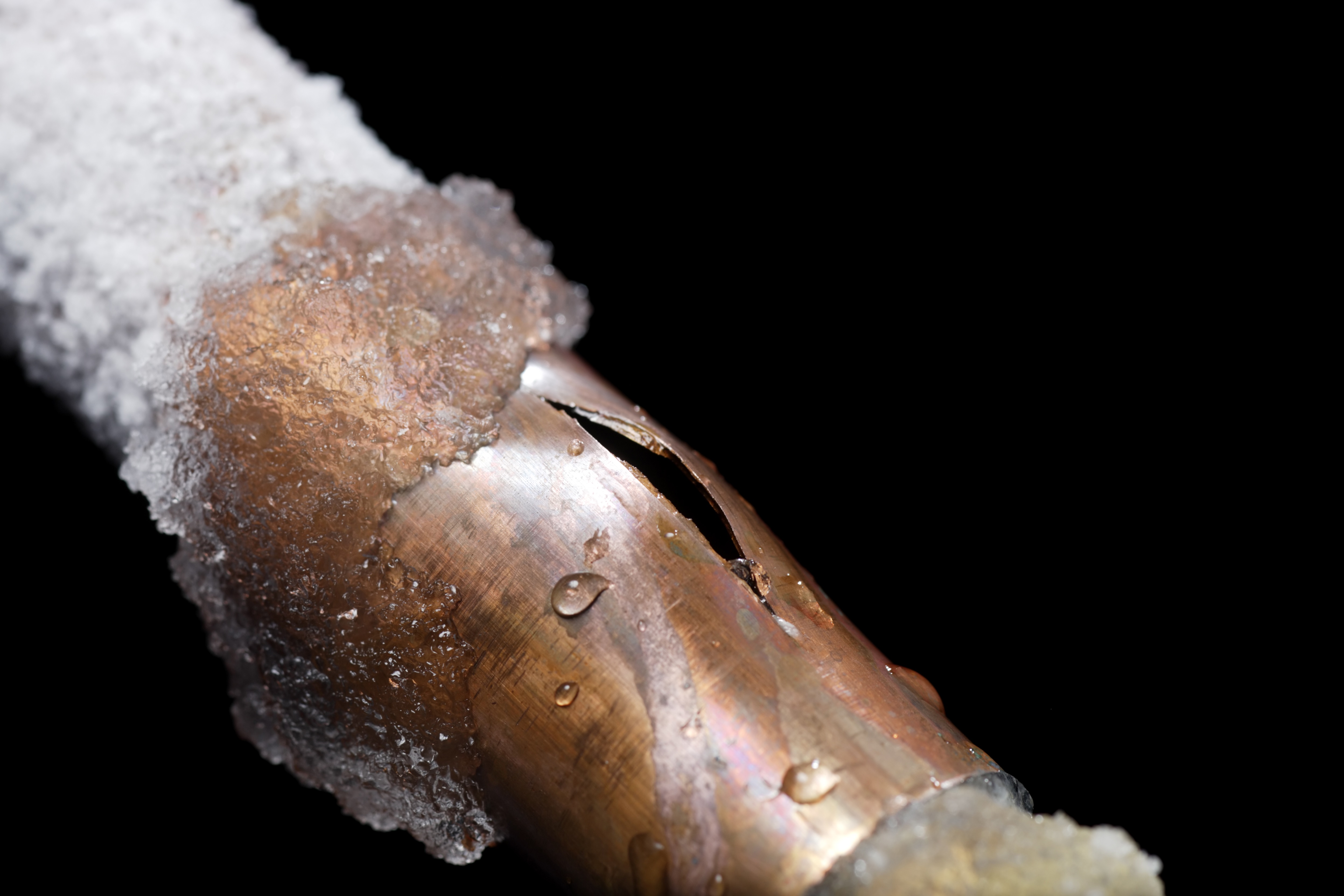
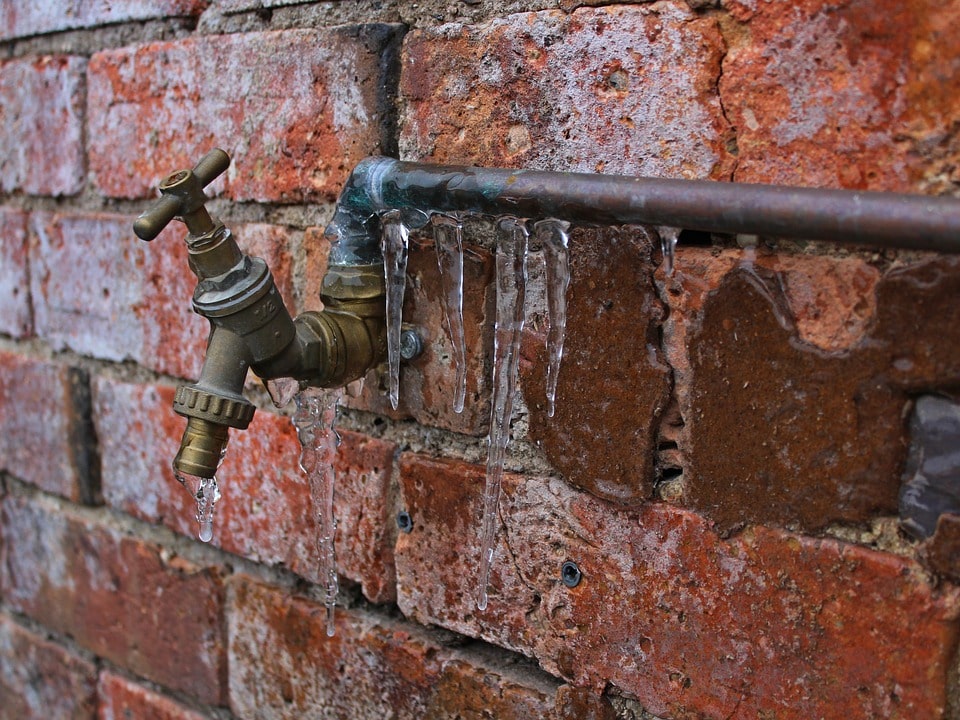
:max_bytes(150000):strip_icc()/how-to-thaw-a-frozen-water-pipe-2124986_FINAL-edit-01-6ff53ed13c7e41559df7070680efe4a6.jpg)

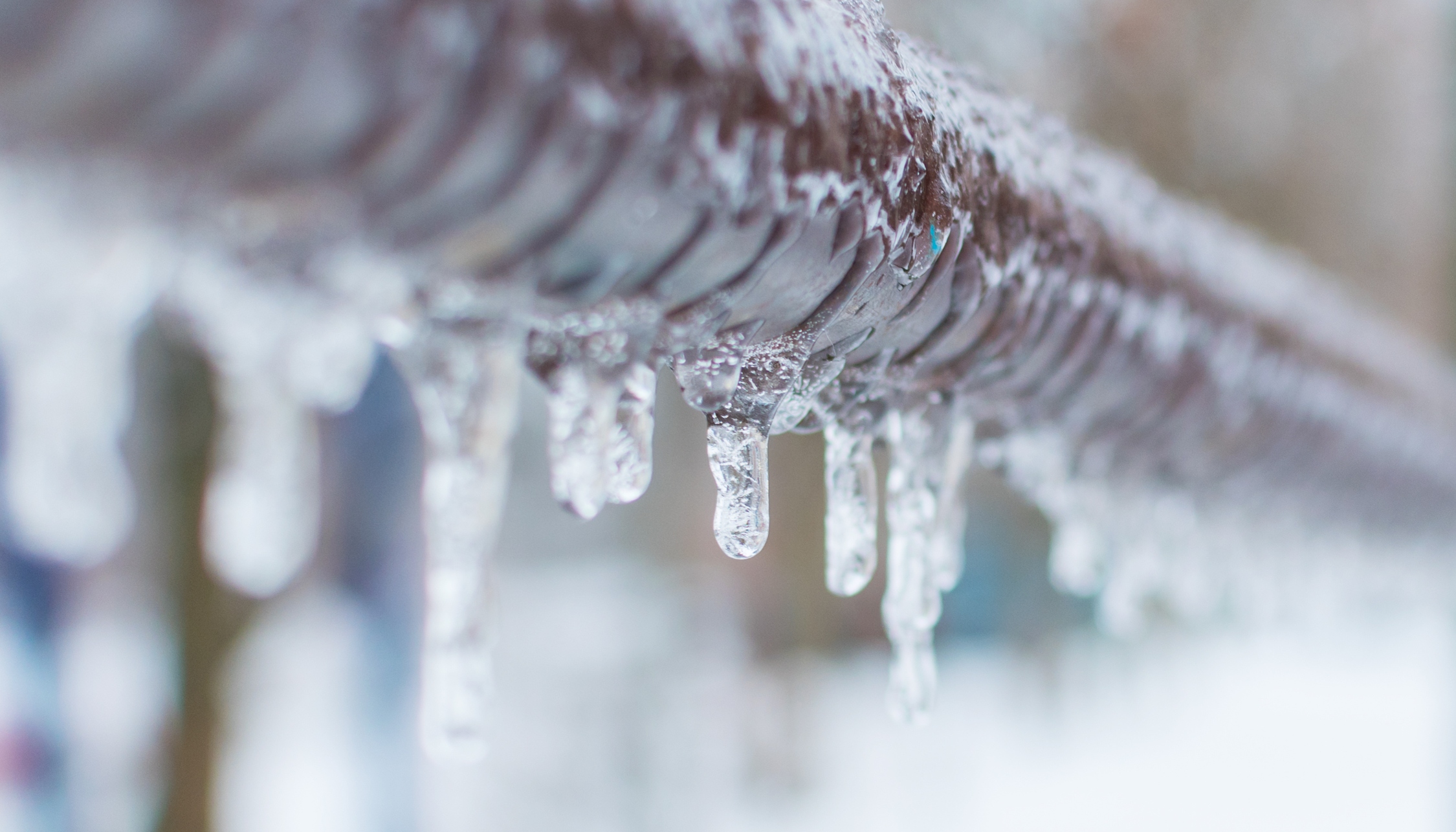
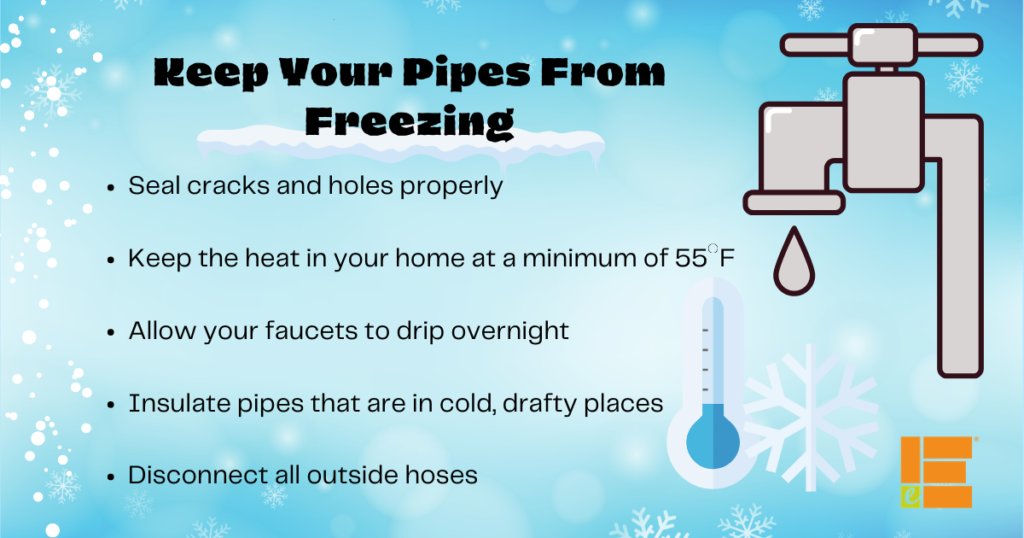

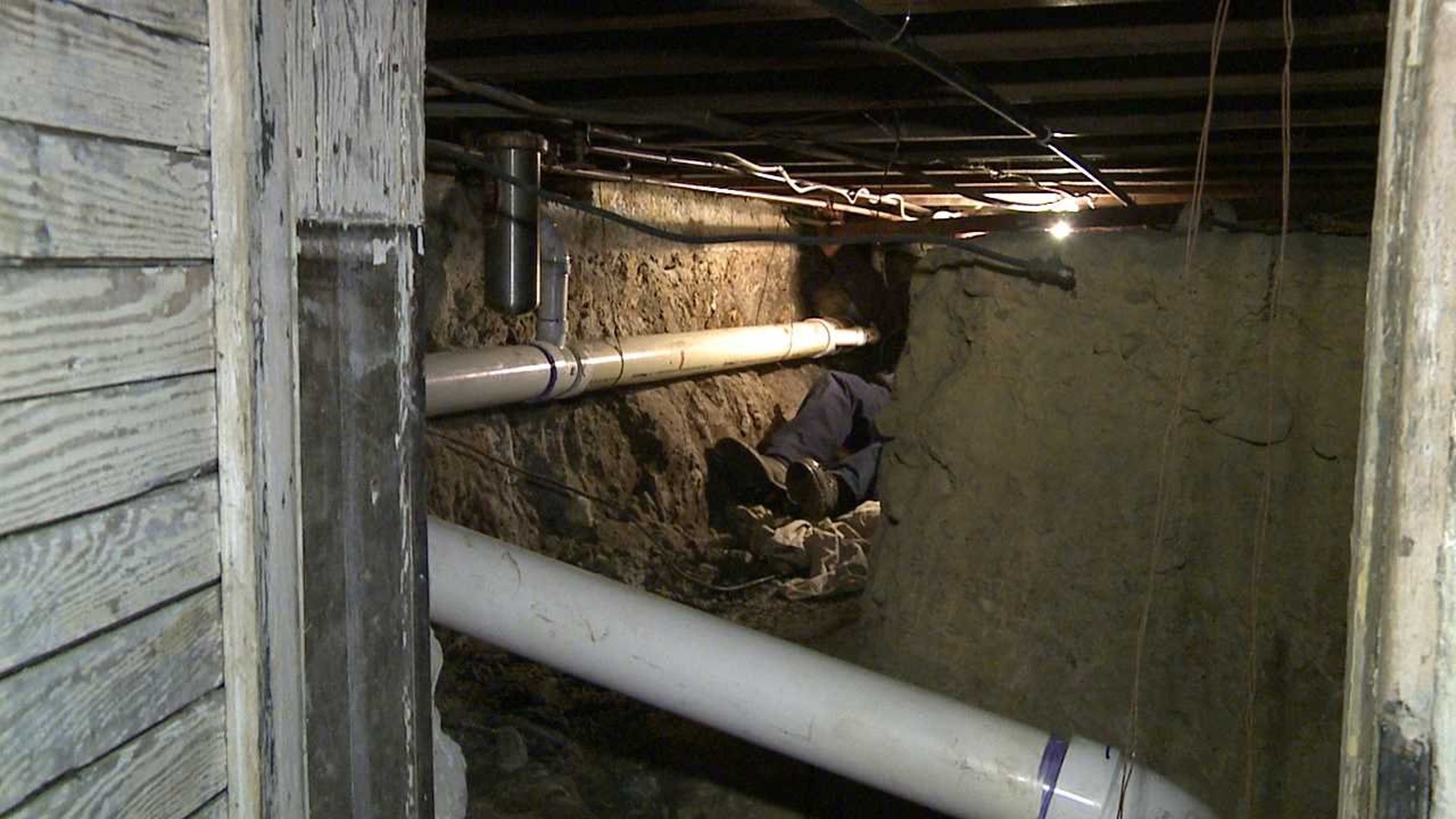
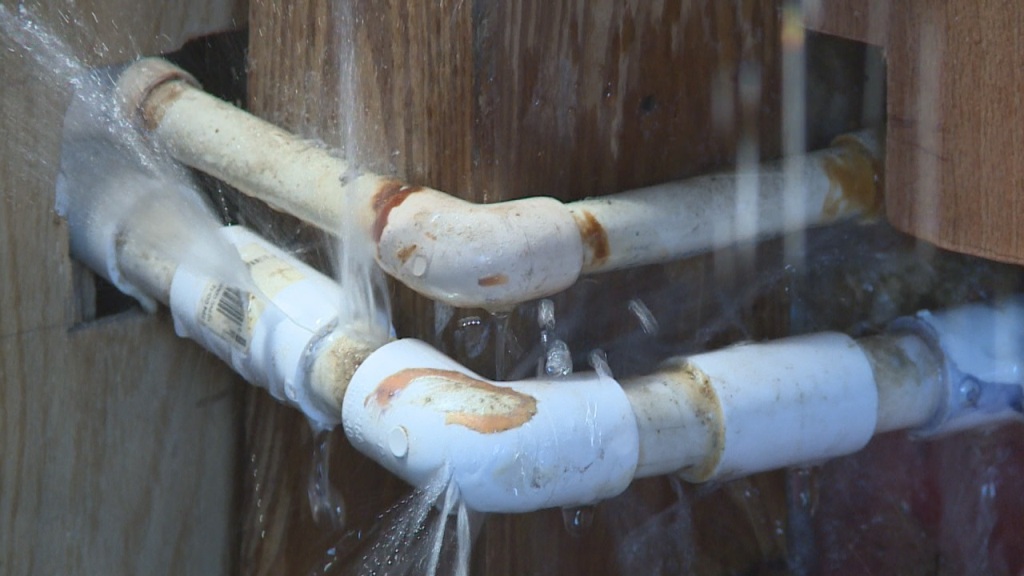



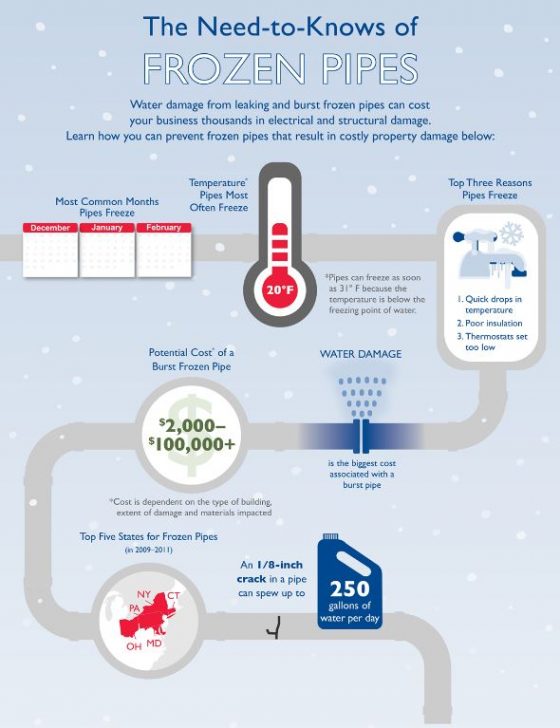
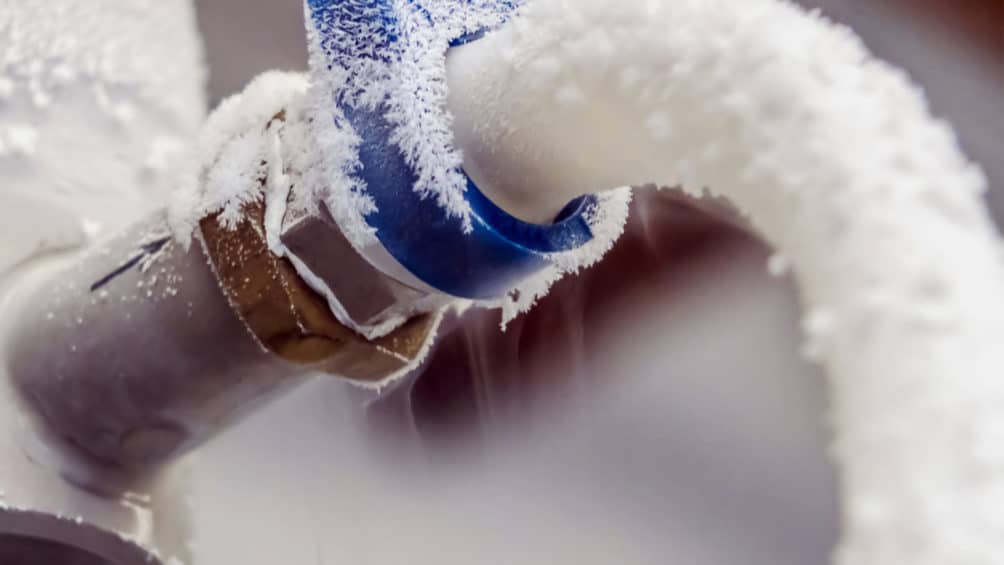
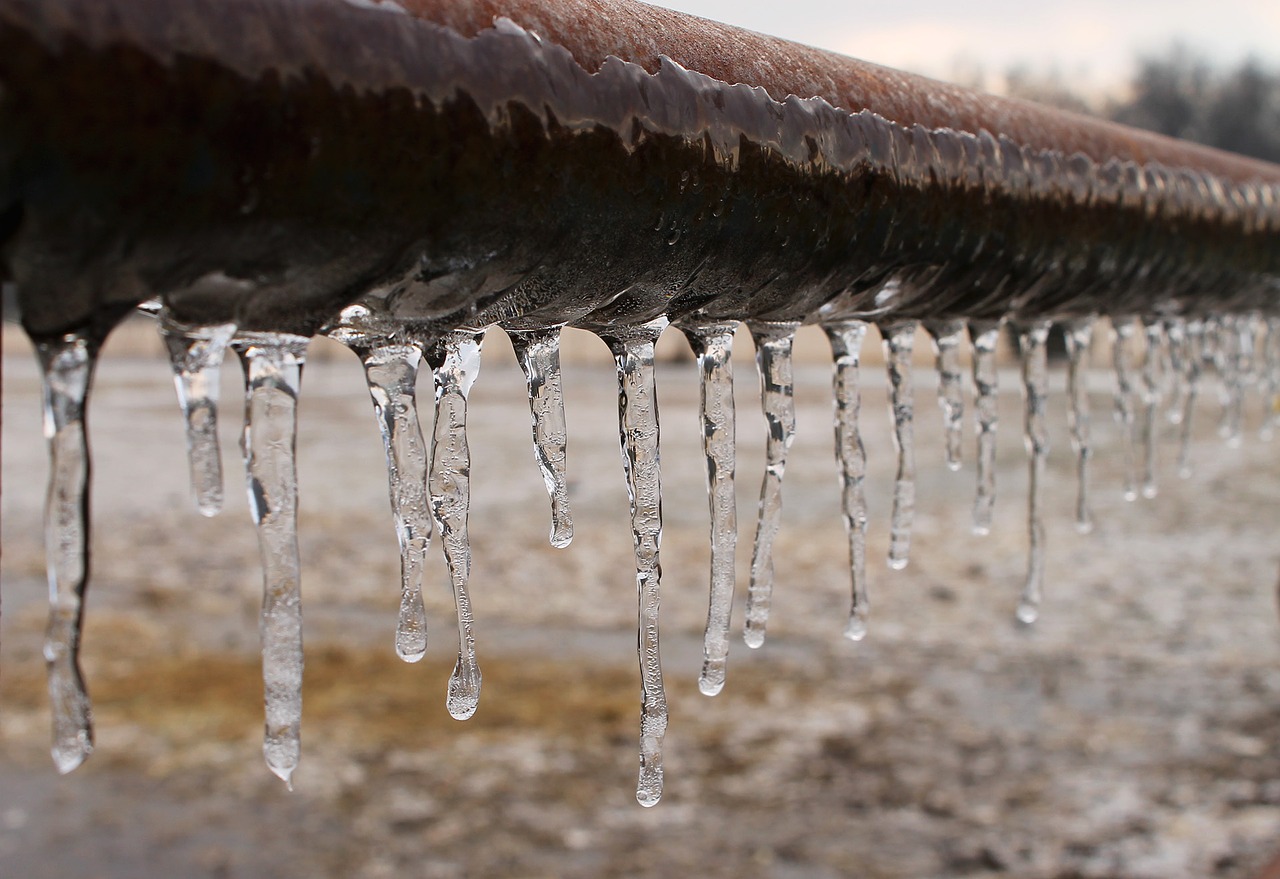

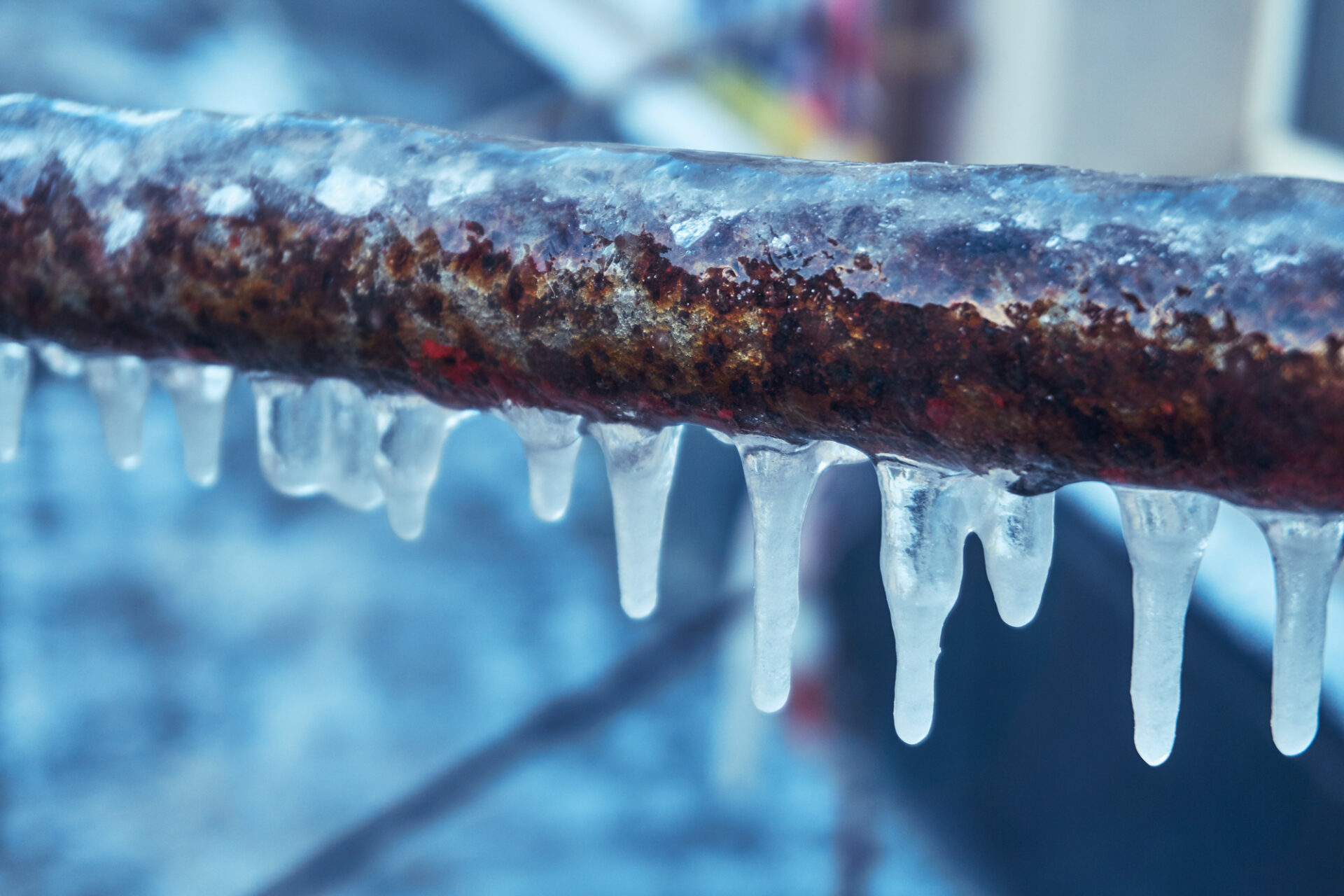

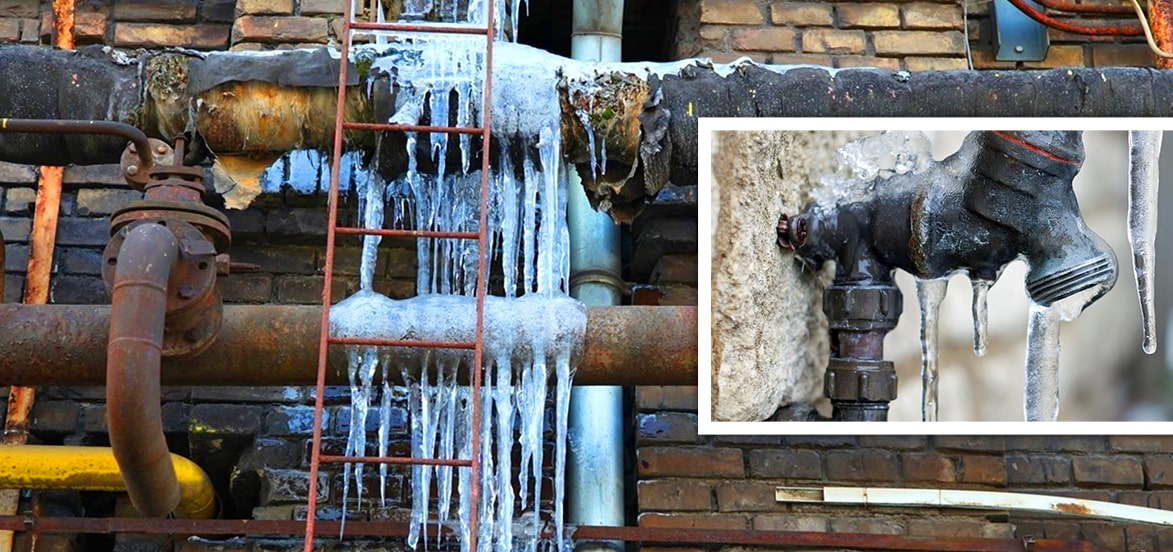










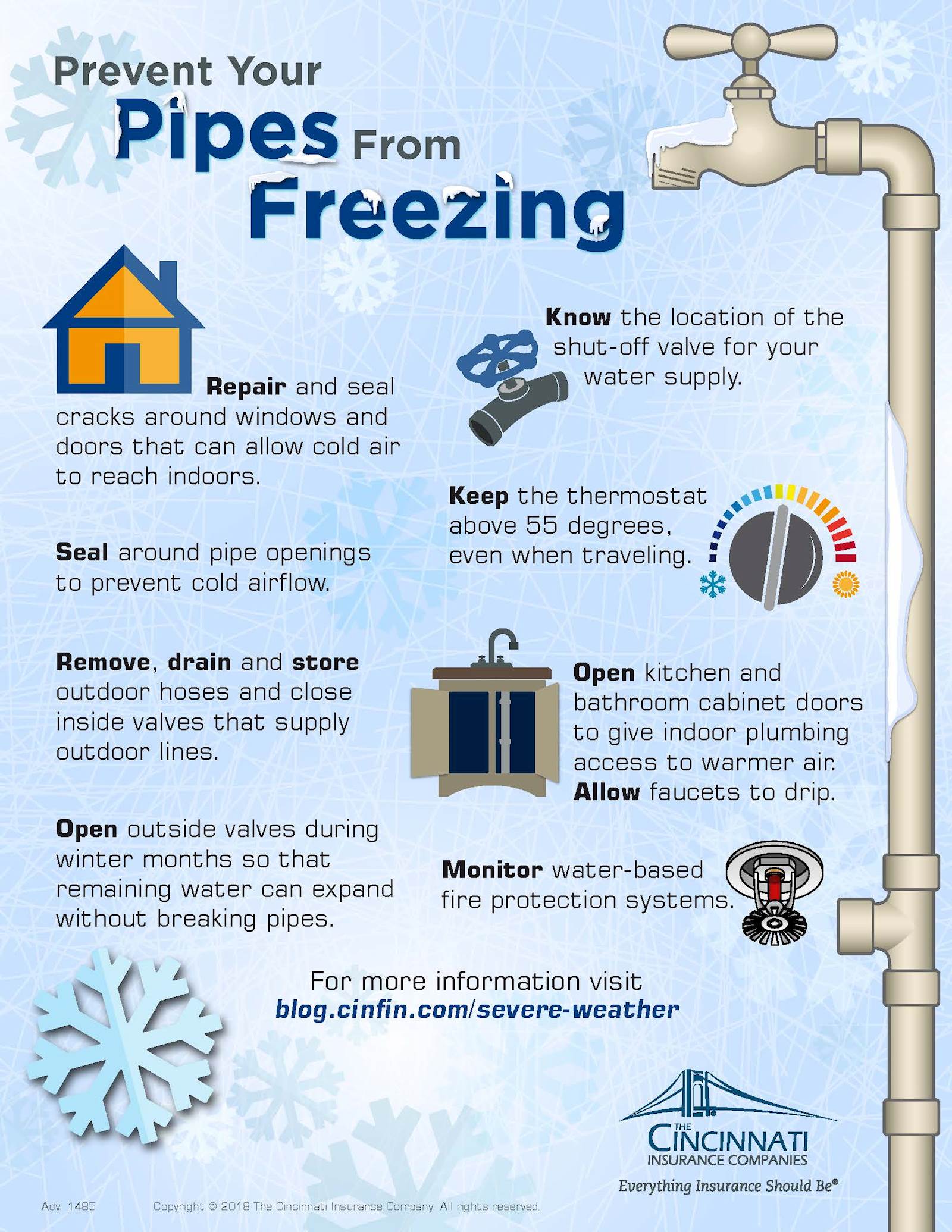
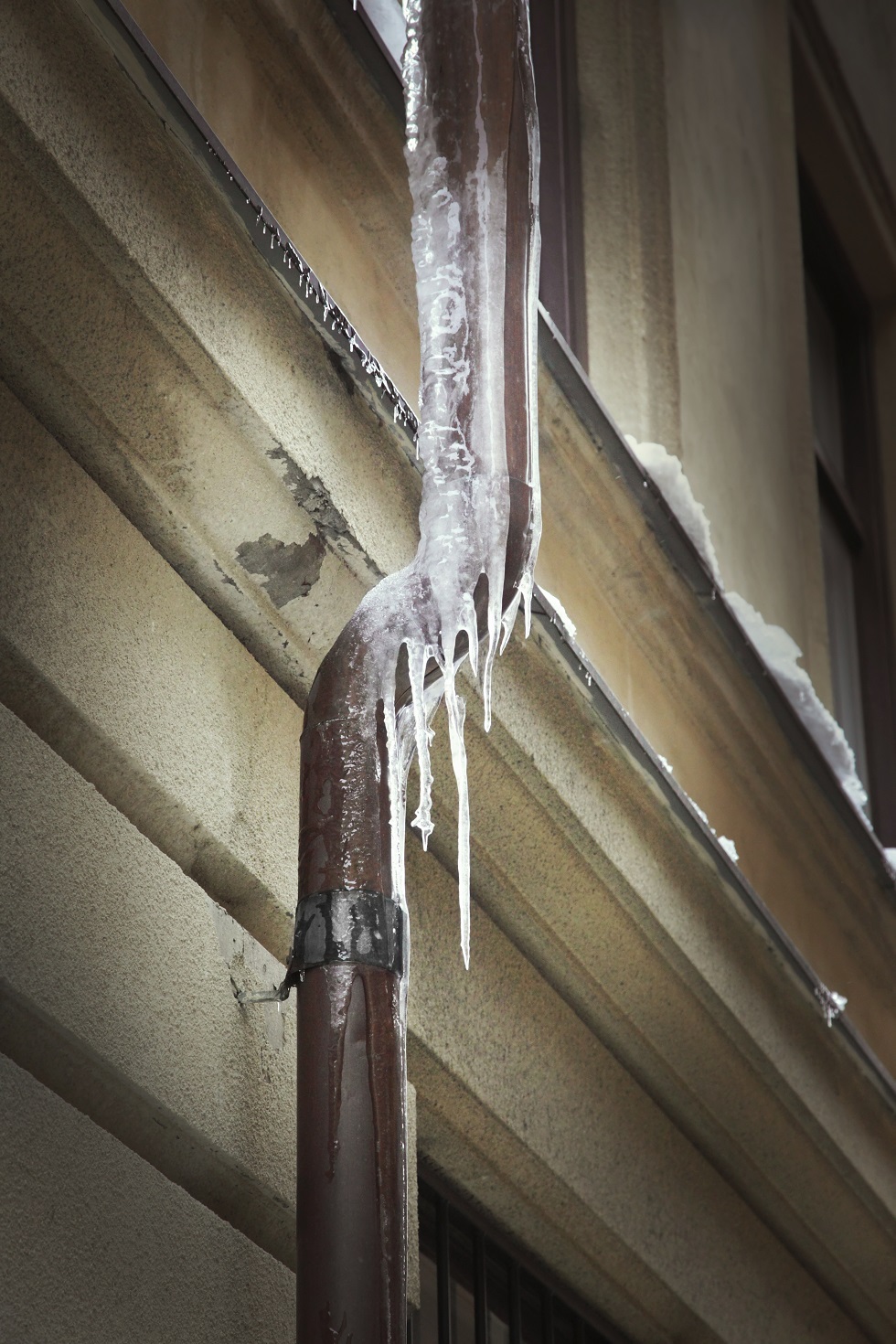
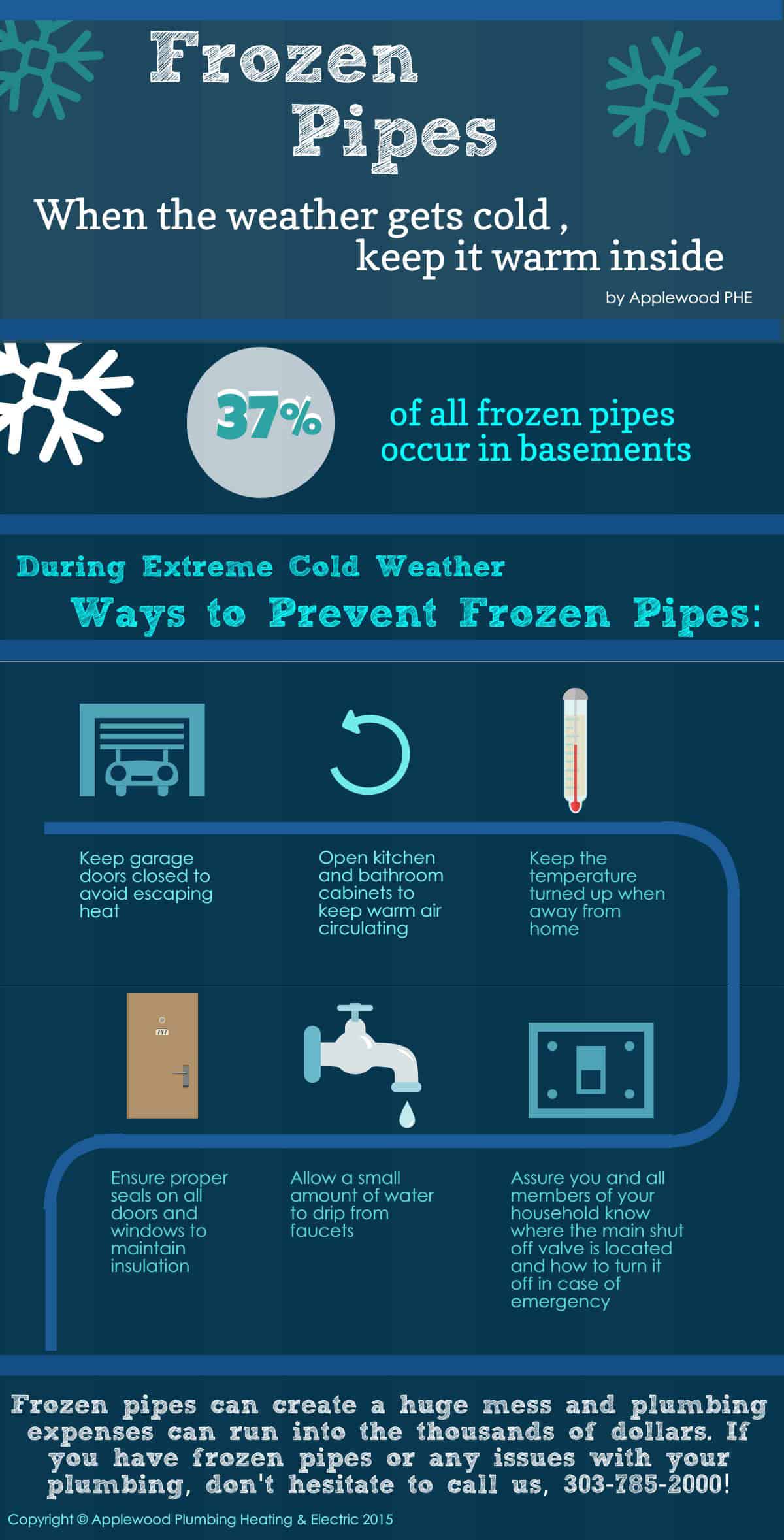
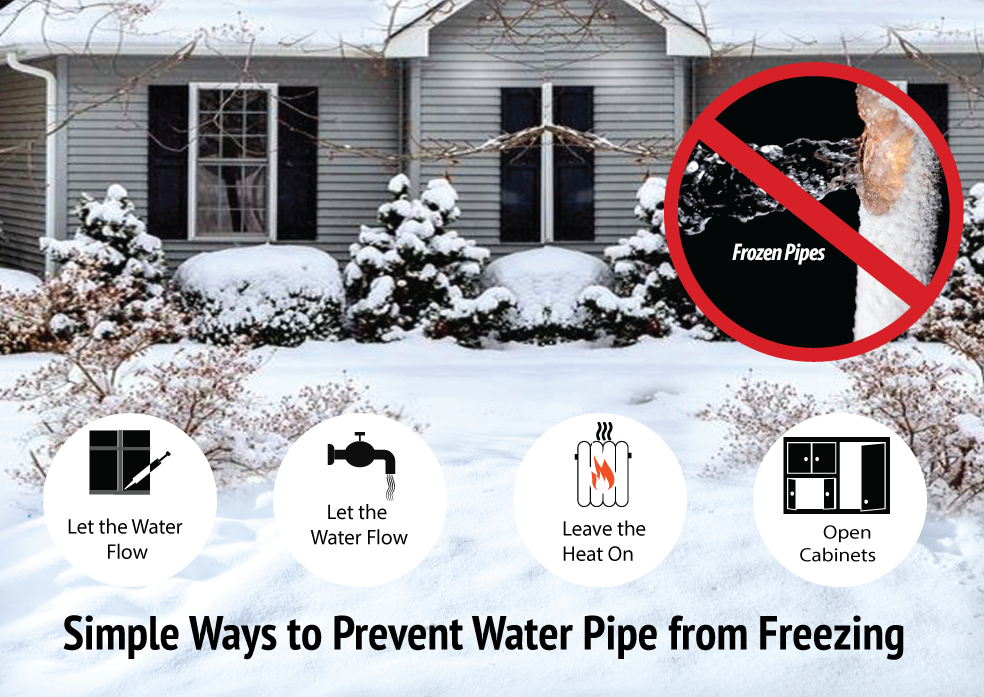

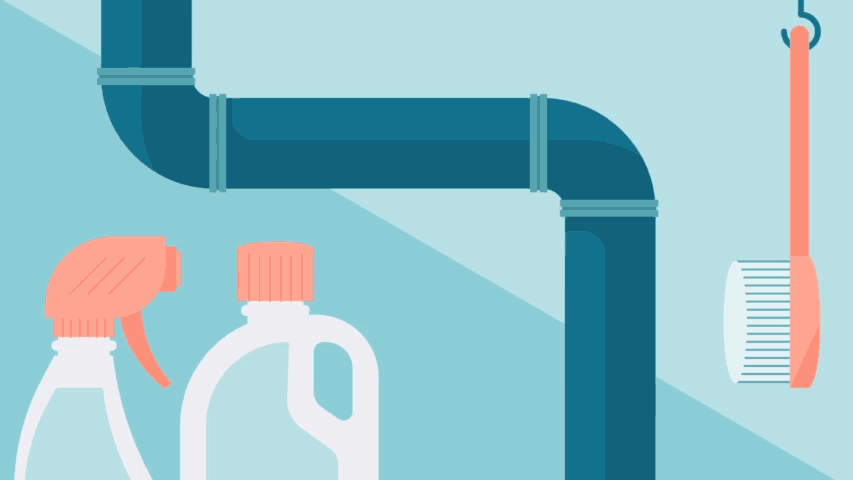






/how-to-install-a-sink-drain-2718789-hero-24e898006ed94c9593a2a268b57989a3.jpg)
:max_bytes(150000):strip_icc()/stop-freezing-pipes-2124982-revision1-5c01a886c9e77c0001439273.png)
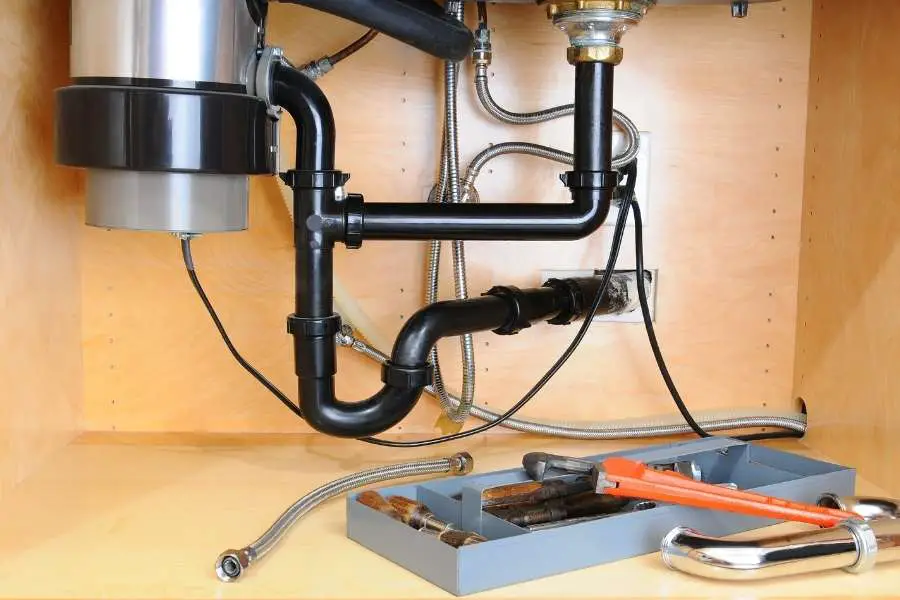

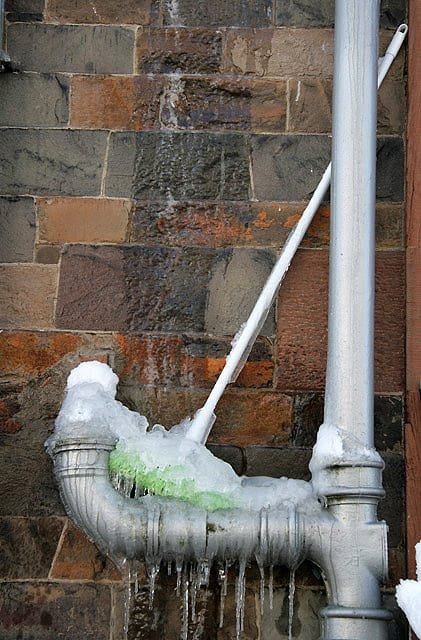

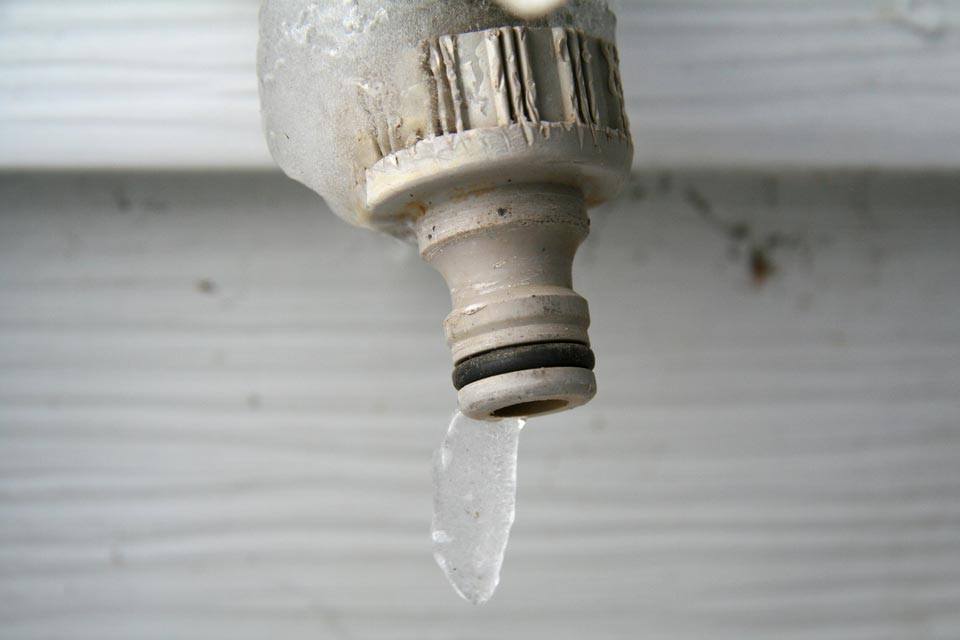

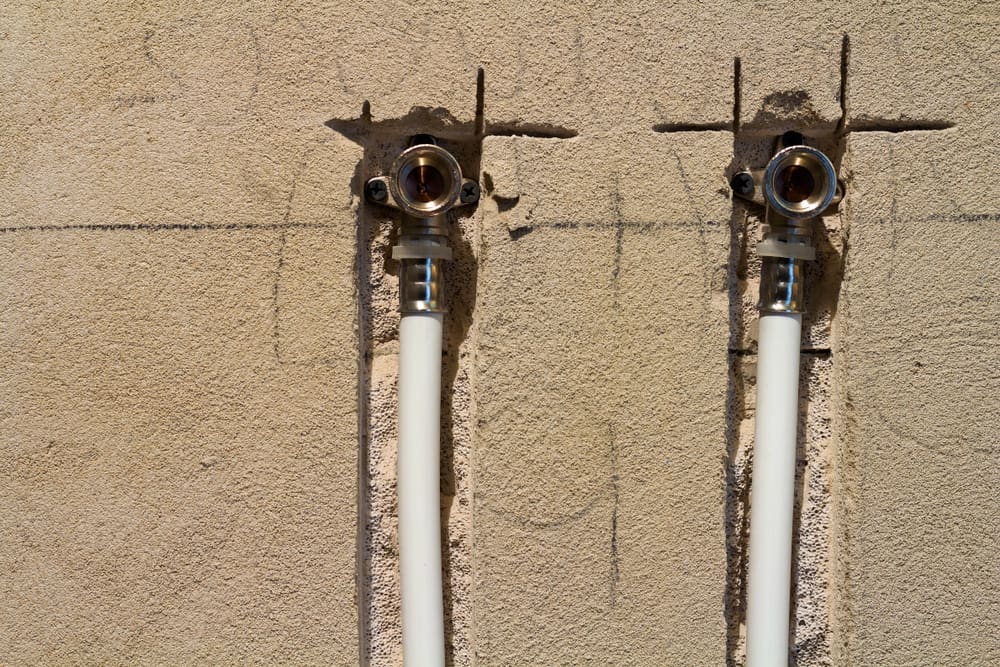

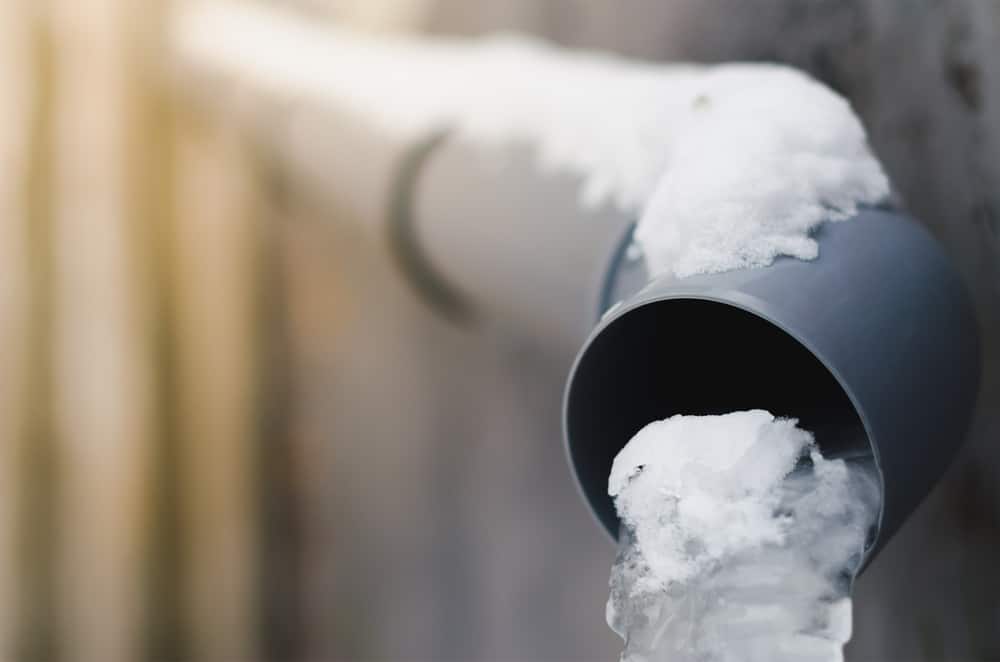




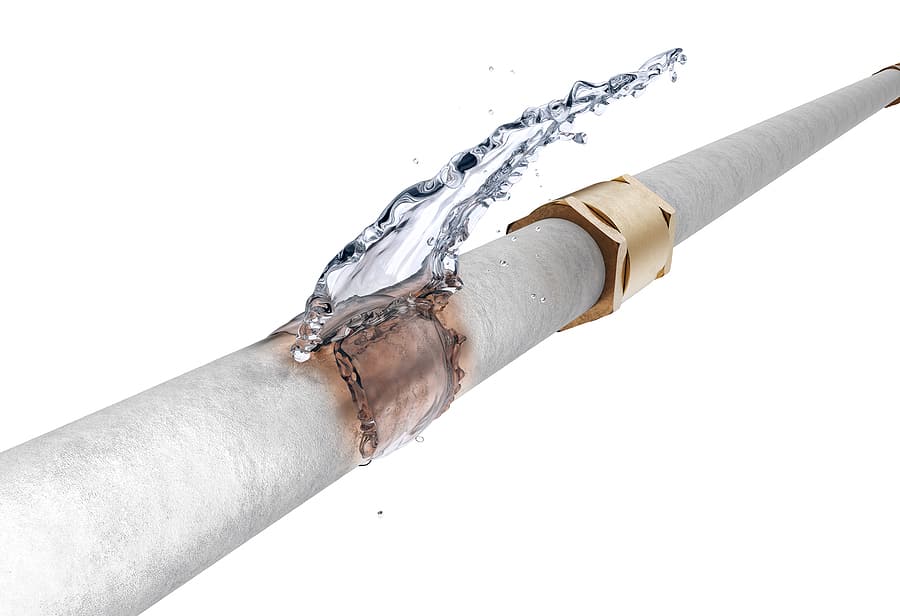





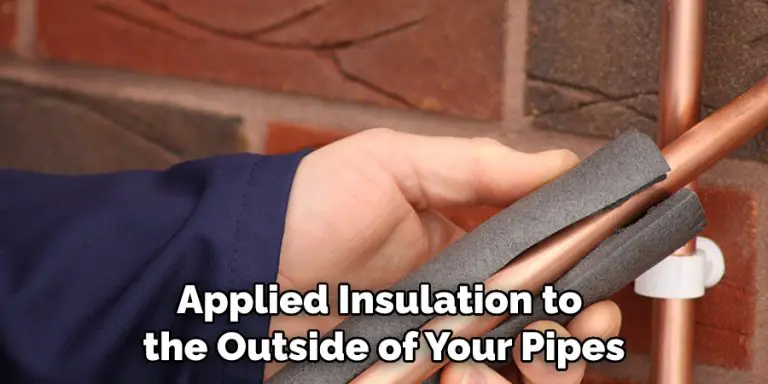

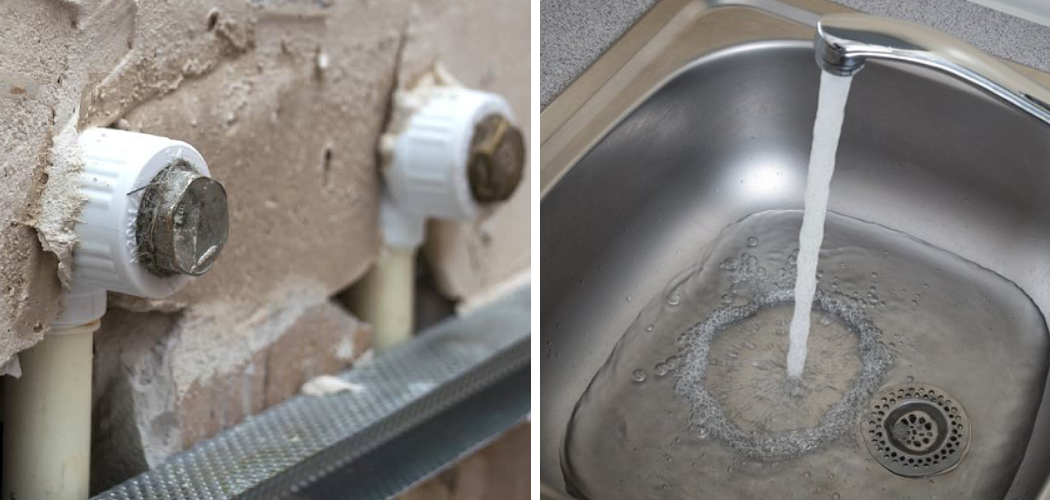



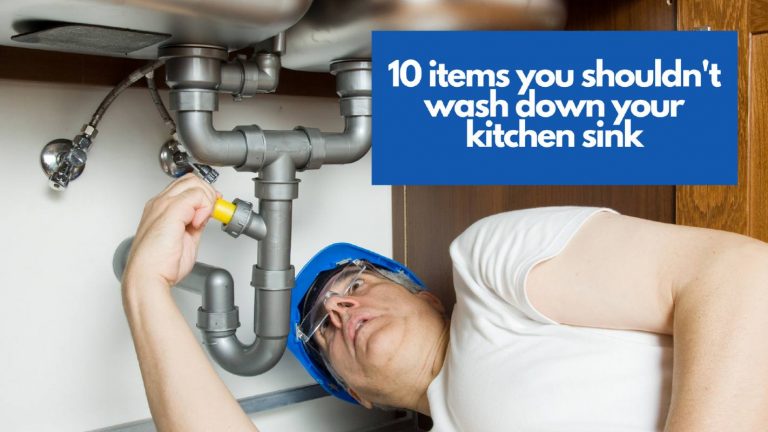


:max_bytes(150000):strip_icc()/Basic-kitchen-sink-types-1821207_color_rev-0b539306b9ef4236a136624ad2a89a4c.jpg)



